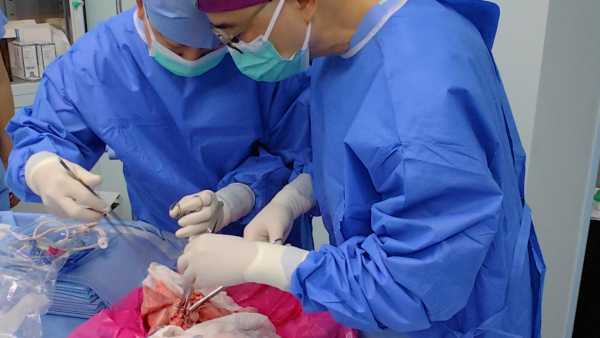
Scientists at the First Hospital of Guangzhou Medical University have performed a unique operation to transplant pig lungs into humans. (Photo: He et al., Nature Medicine)
This pioneering study in China involved transplanting a genetically modified pig lung into a patient confirmed to be brain dead.
Previously, similar trials involving brain-dead individuals were conducted in the United States, but the focus there shifted to pig kidneys and hearts. In Chinese practice, liver tissue was previously used. Such studies create the basis for the use of xenotransplantation in living recipients, although such cases are still isolated.
The study, published in Nature Medicine, describes an experiment with a 39-year-old patient in Guangzhou. Before the operation, brain death was confirmed by four independent methods, and relatives gave written consent to participate in the experiment.
You might be interested
-
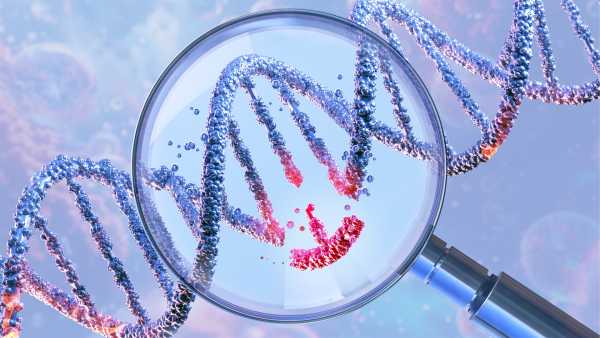
Diabetic Man Starts Producing Insulin on His Own After Being Injected with Modified Genetic Cells
-
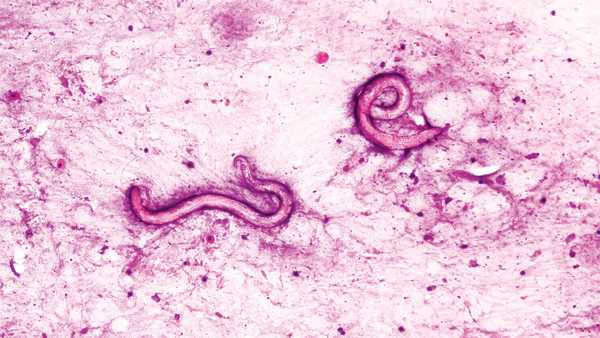
US Kidney Transplant Patient Faces Parasitic Worm Infestation
-
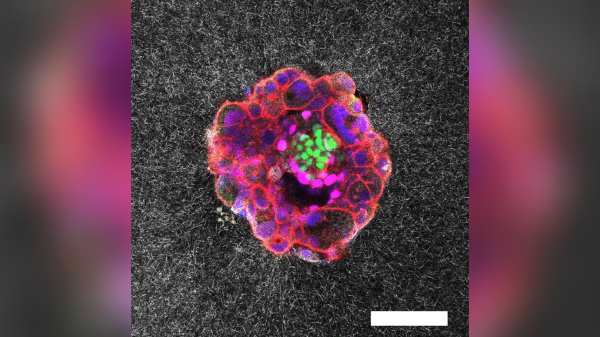
Unique video: real time of human embryo implantation captured for the first time
This is the first experience of interspecies lung transplantation (xenotransplantation).
“This is a key milestone for us,” study co-author and transplant surgeon Jiang Shi told STAT. “The biological and technical challenges of lung transplantation are higher than other organ transplants.” Shi emphasized that the work is aimed at studying the immune response, not bringing the method to the clinic. The technology is still in the preclinical stage.
The pig organ remained functional for nine days, although signs of rejection appeared after one day. The experiment was completed on the 9th day at the request of the relatives. The exact period of possible lung function is unclear, but by the end of the observations its damage had become significant.
“Nobody would agree to a nine-day transplant,” Dr. Adam Griesemer of the NYU Langone Transplant Institute told CNN. However, he noted that such tests are important because animal models do not always predict human response.
The transplant used a CRISPR-modified lung created by Clonorgan Biotechnology. Three pig genes were knocked out to reduce the immune response, and three human genes were added for better compatibility.
In May 2024, a pig left lung was transplanted into the patient, preserving his right lung. Immunosuppressive therapy began the day before the operation and continued after.
Immediately after the operation, there was no hyperacute rejection, but after a day, swelling and inflammation began. By the third day, antibodies appeared, causing damage.
Scientists have proposed blocking certain immune cells and inflammatory signals to improve outcomes. The lungs are particularly vulnerable due to their direct contact with the external environment containing immunoreactive proteins. Their delicate tissue is easily damaged by immune attack.
RELATED MATERIALS
—The kidney was transplanted into a conscious patient.
—Development of “universal” organs for transplantation: science on the way to the goal.
—Innovative stem cell transplantation for sperm production.
Questions remain about whether the technique will be tolerated by living patients. For example, it is unclear how well the lung would support breathing without the machines, Dr. Richard Pearson of Massachusetts General Hospital told Science News.
“Further studies may optimize lung xenotransplantation,” the authors concluded. “The study identifies key immune and genetic barriers, opening the way to new solutions.”

Nicoletta Lanese. Social Media. Health Editor.
Nicoletta Lanez is the health editor at Live Science. She previously worked as a writer and news editor. She holds a certificate in science communication from the University of California, Santa Cruz, and degrees in neuroscience and dance from the University of Florida. Her writing has appeared in The Scientist, Science News, and other publications. Based in New York City, she works on dance projects.
To comment, please set a public name.
Please sign in again to enter your name.
Exit Read more
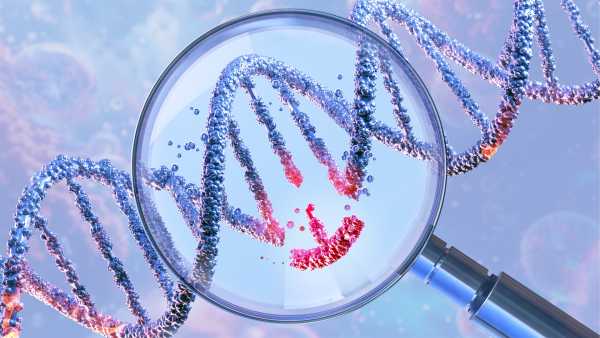
Diabetic Produces Insulin After Gene Therapy
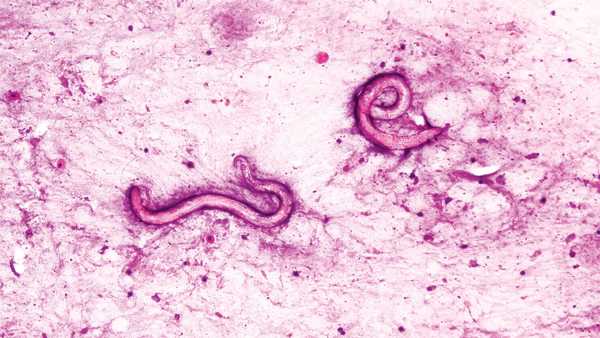
Infected kidney leads to parasite infestation in US patient
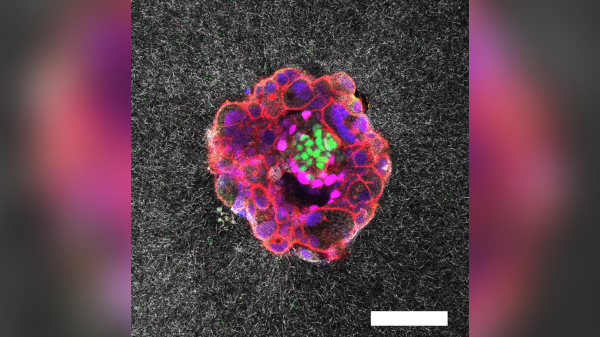
Embryo implantation video: unique footage
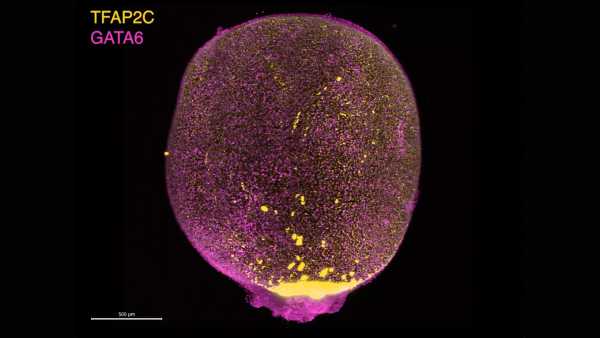
Lab-Made Amniotic Sacs Made from Stem Cells
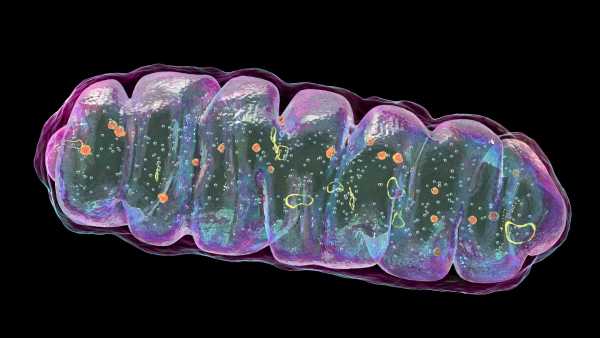
Rare disease in child: improvement after experiments
Sourse: www.livescience.com





